Missouri ranks fourth in rice production in the United States, and most of the 187,000-plus acres of rice can be found in the Bootheel region, which produces mainly long grain rice varieties. The drainage of swamplands in the late-19th and early-20th centuries left behind fertile soil perfect for rice production. Fields are generally flooded early in the season, and following the harvest, they are flooded again to attract migrating and wintering waterfowl.
Readily available irrigation water, suitable topography and soils, favorable climate, and proximity to the Mississippi River all favor the production of rice.
Readily available irrigation water, suitable topography and soils, favorable climate, and proximity to the Mississippi River all favor the production of rice.
-
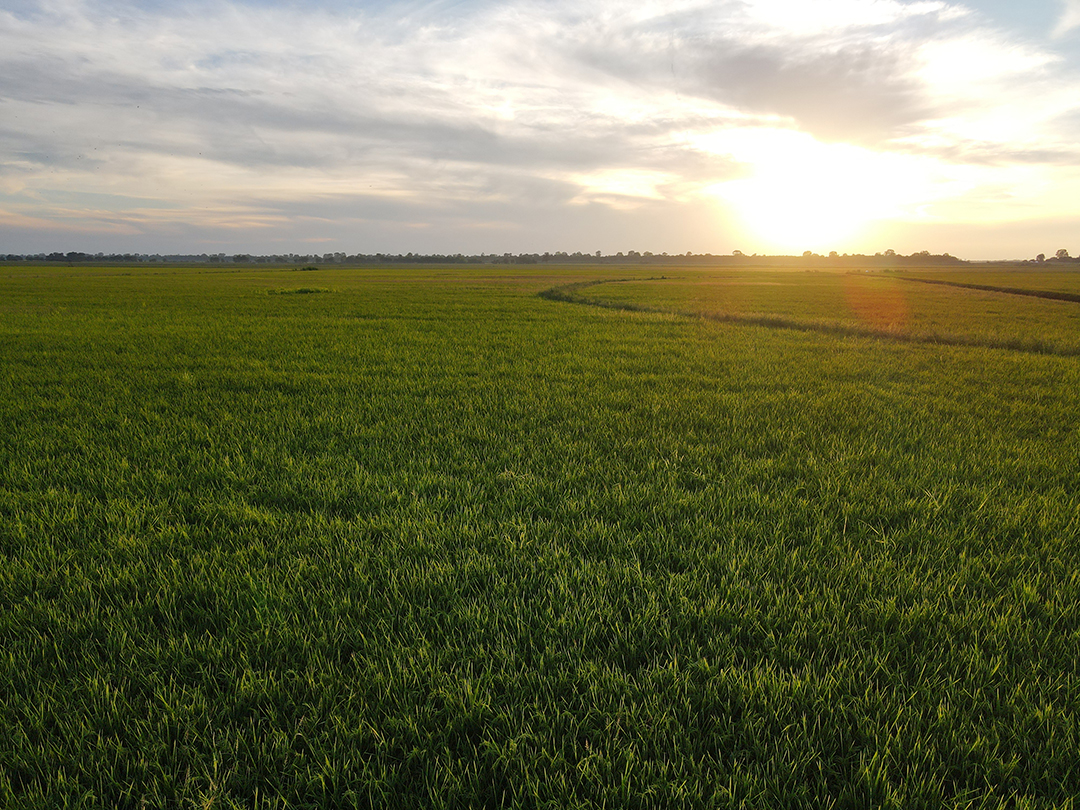
The sun sets over a field of irrigated rice.
-
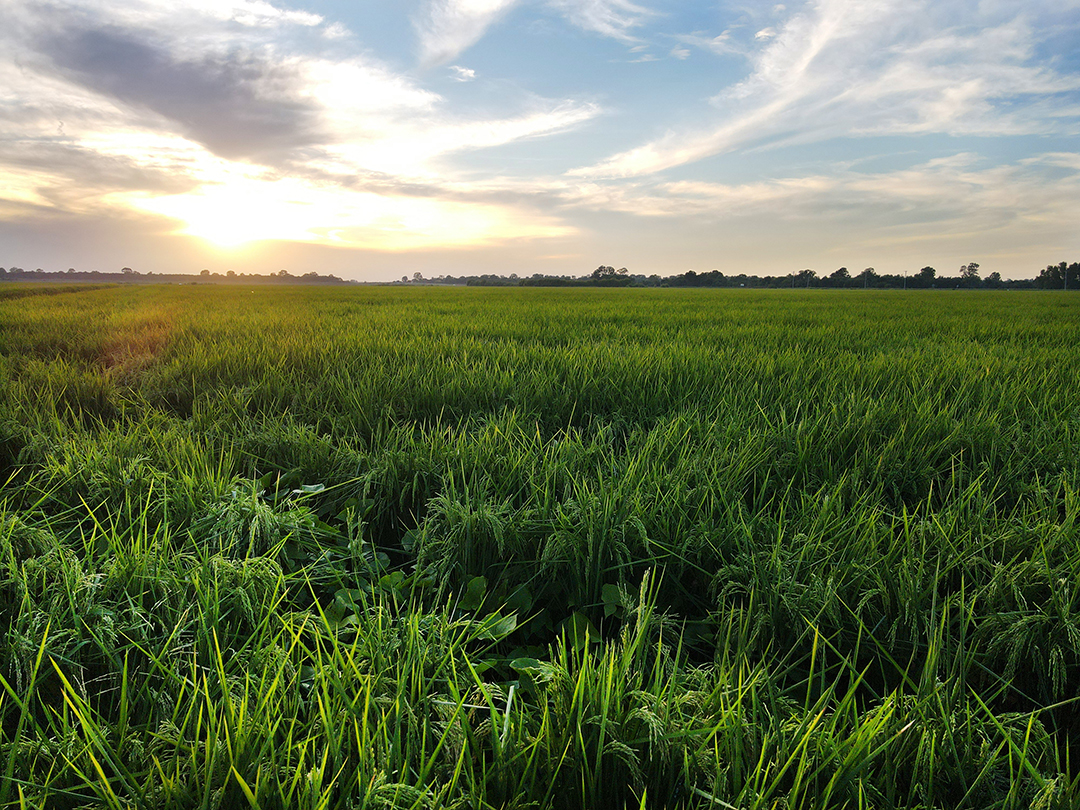
An irrigated rice field at sunset.
-
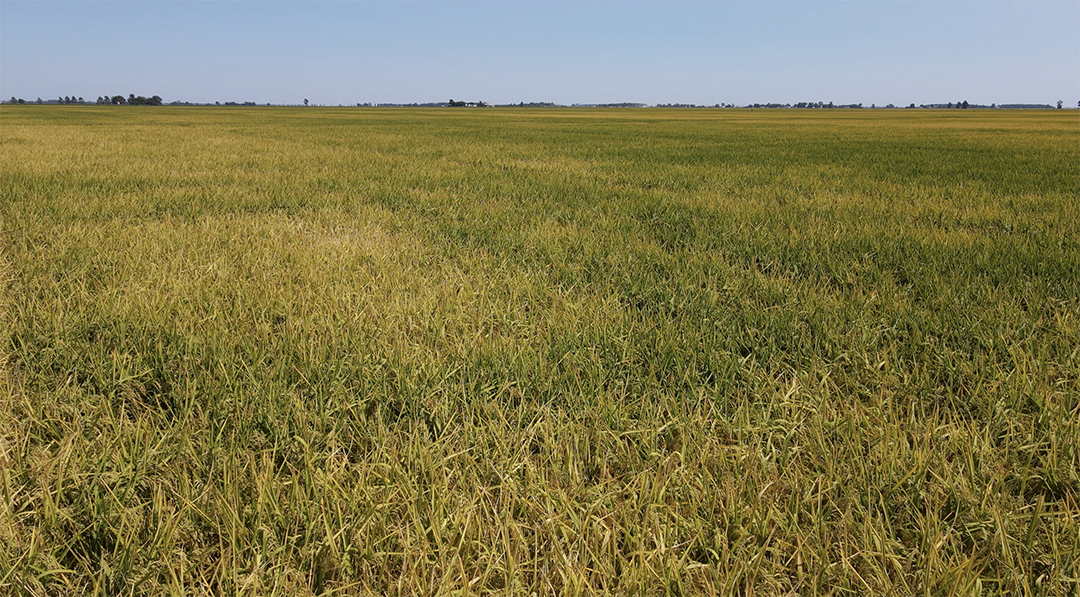
The rice crop will turn from green to yellow to brown before it is cut.
-
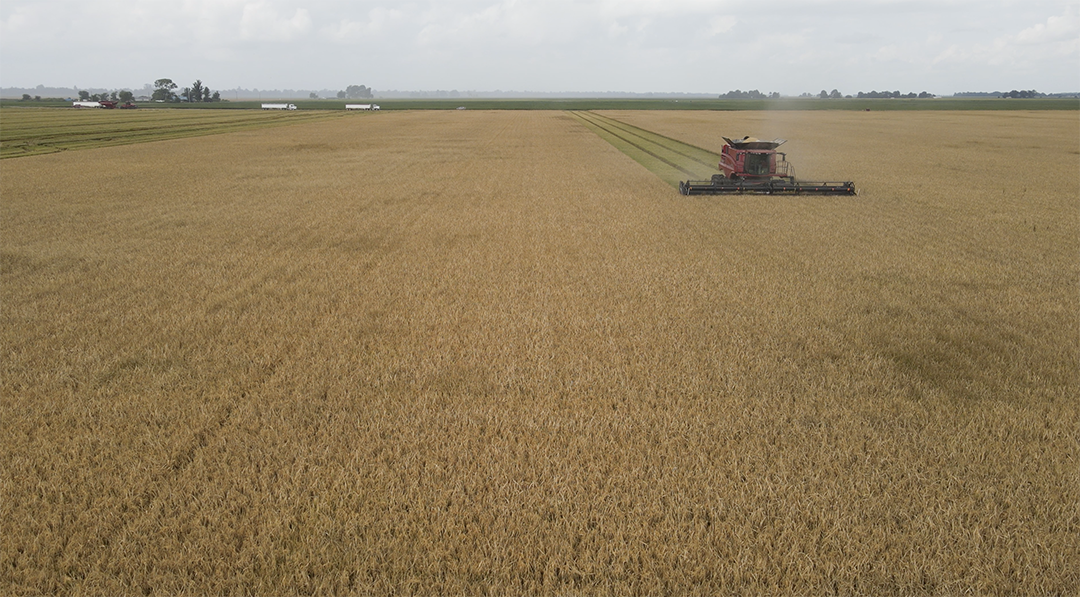
Combines are used to cut the rice.
-
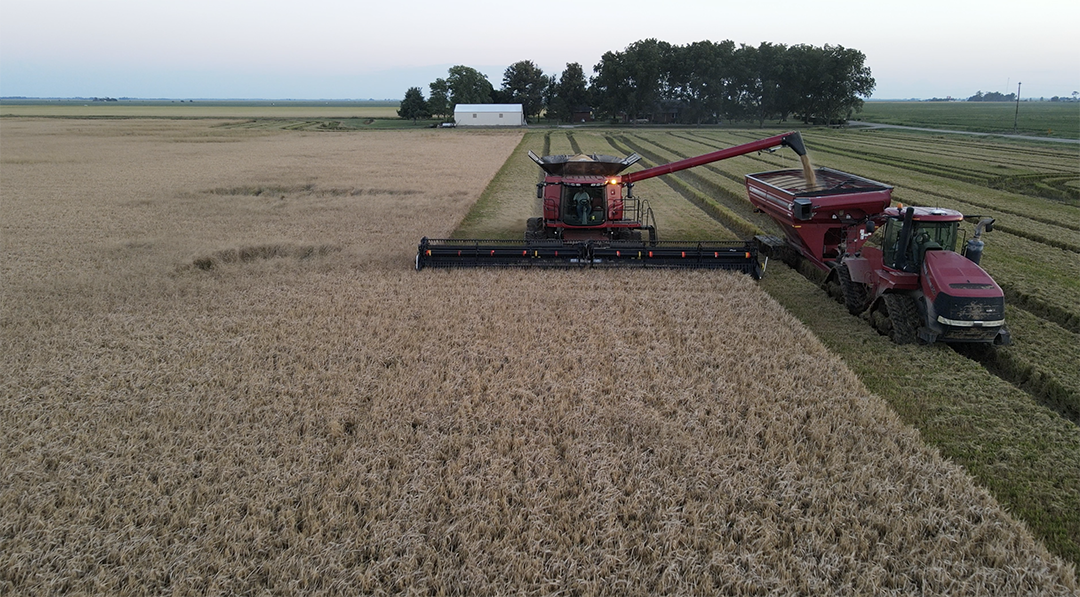
Once cutting begins, the rice will be tranferred to a hopper trailer on the fly allowing the harvest to continue unstopped.
-
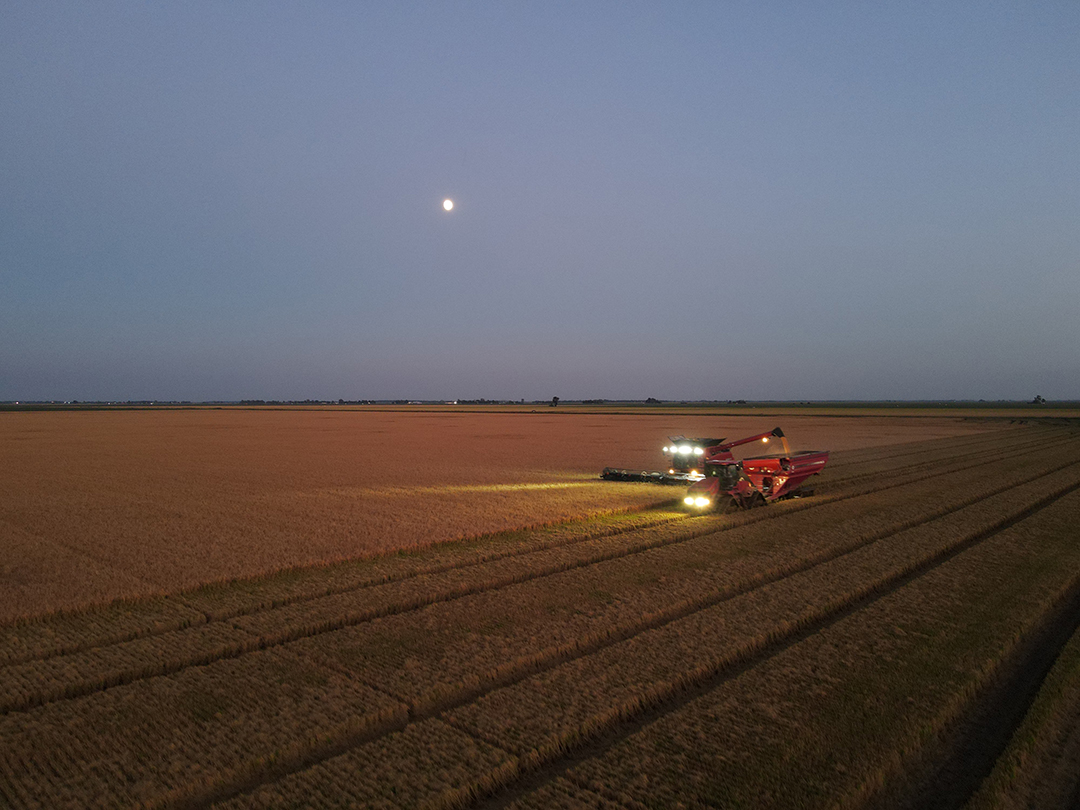
The harvest continues into the night to avoid the threat of bad weather later in the week.
-
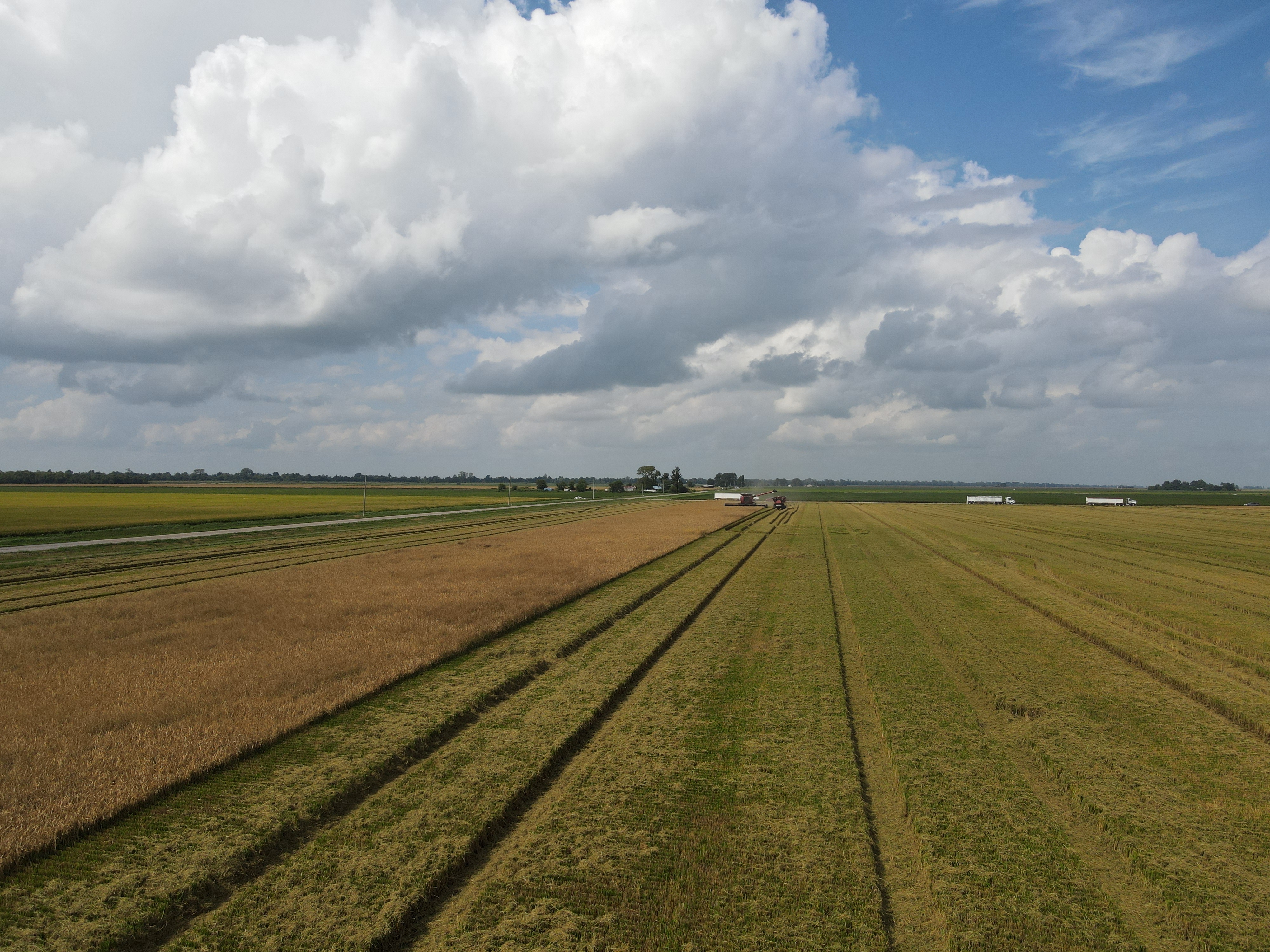
Many of the cut fields will be flooded in coming months to attract waterfowl for hunting during the winter months.
-
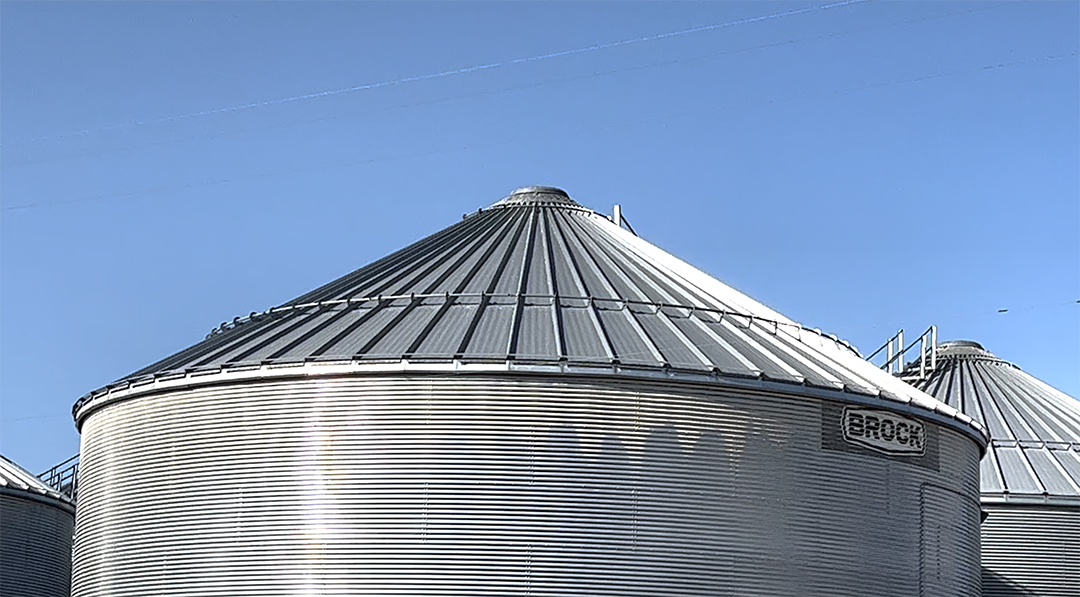
Rice will be stored in silos like this one until it is sold.
Kennett Chamber of Commerce
1601 First Street
Kennett, Missouri 63857
(573) 888-5828 • Contact Us
1601 First Street
Kennett, Missouri 63857
(573) 888-5828 • Contact Us

